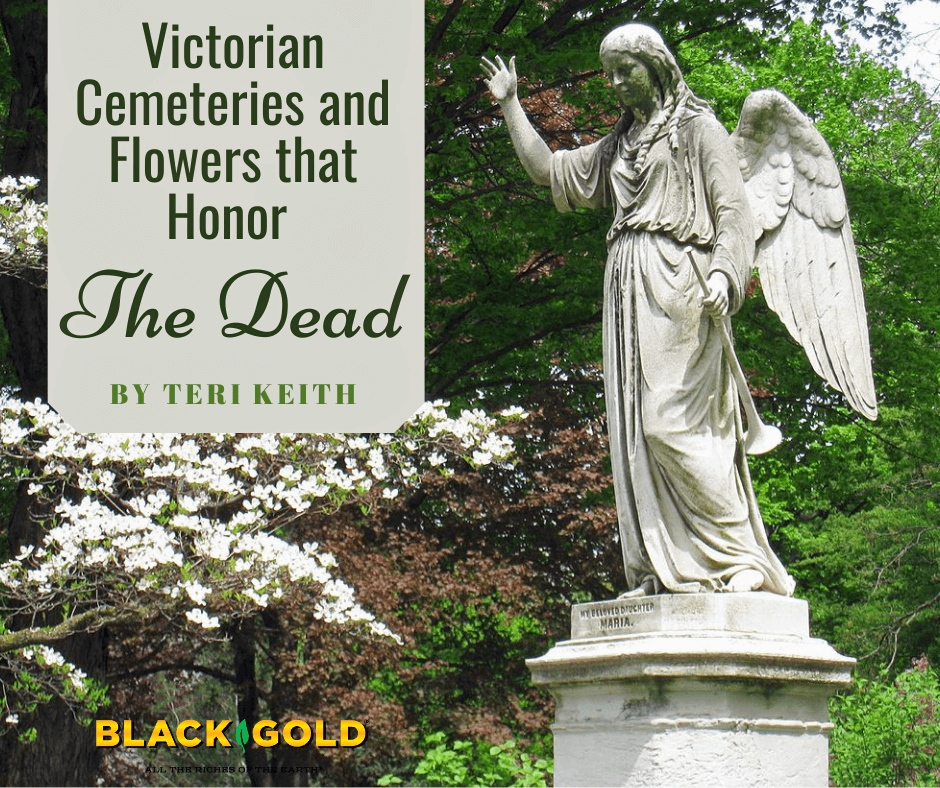
The language of flowers was essential to Victorian-Era (1837-1901) cemeteries. At that time, plantings and gardens for the dead were common, and cemeteries had become park-like places where people in US cities could enjoy a Saturday picnic. The flowers planted for a passed loved one had meaning.
Since I was a child, I have always been fascinated by old cemeteries. At the age of eight, I would ride my bike to the old Highland Cemetery (1912) in South Bend, Indiana. It was nearby, beautiful, and full of interesting monuments, gravestones, and plantings. In spring, peonies, daffodils, and other flowers decorated the plots. Most importantly, it contained the ~380-year-old Council Oak, the tree under which French explorer Robert Rene Cavalier Sieur de La Salle and Native American tribal leaders made a fur trading agreement in 1679. The tree was still alive in the 1950s when I wandered among the old graves, looking at the names of people from long ago. The event and tree predated Victorian times, but it defined the cemetery and helped shape my love of them.
 Before the Victorian Era, places for burying the dead were called graveyards and consisted of gravestones on the grass with maybe a few trees. They were not particularly pretty places to visit. But, this all changed in 1831 when the first garden cemetery was built, Mount Auburn Cemetery of Cambridge, Massachusetts. Even the name was changed to “cemetery”, which means sleeping place.
Before the Victorian Era, places for burying the dead were called graveyards and consisted of gravestones on the grass with maybe a few trees. They were not particularly pretty places to visit. But, this all changed in 1831 when the first garden cemetery was built, Mount Auburn Cemetery of Cambridge, Massachusetts. Even the name was changed to “cemetery”, which means sleeping place.
Mount Auburn Cemetery’s Influence on American Graveyards and Parks
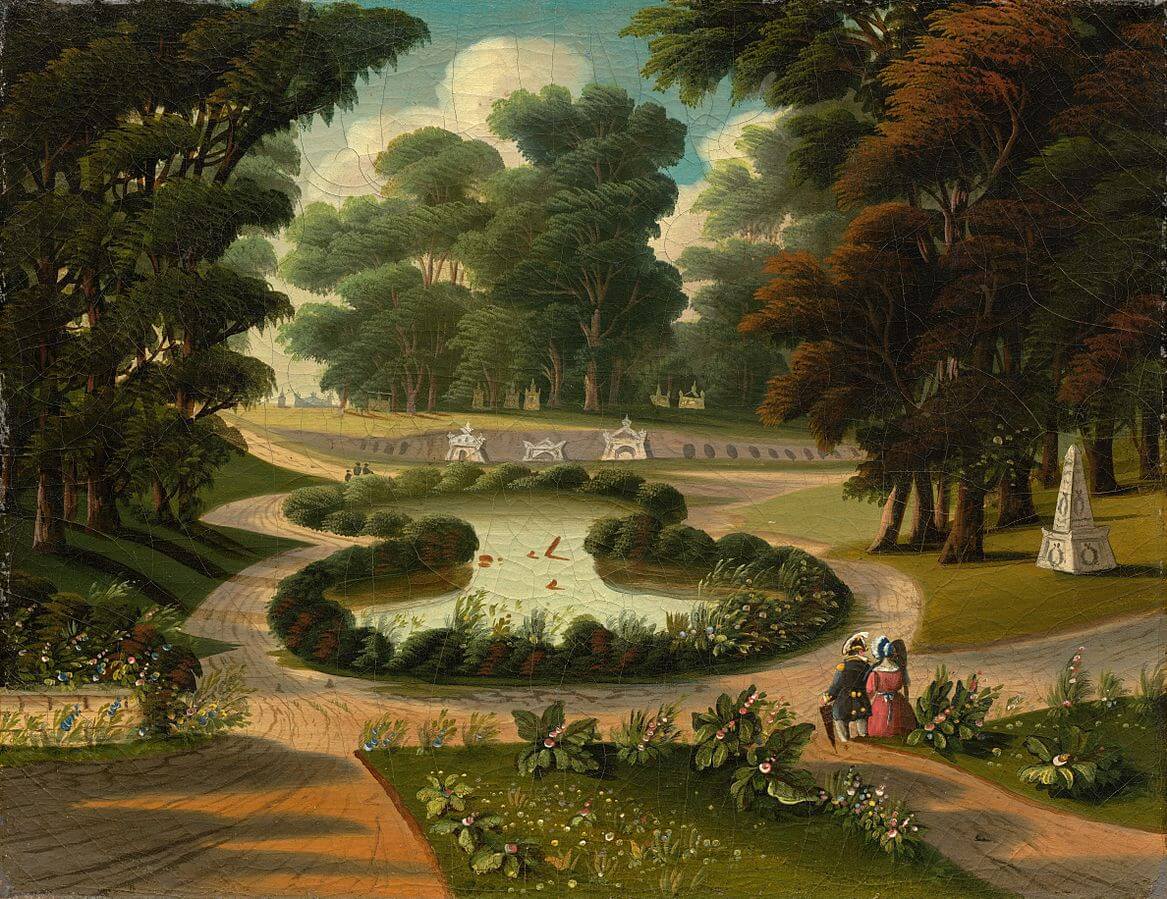
Boston had no public parks at that time for people to take a stroll and get away from the city. (In fact, there were no public parks, like Central Park in New York City (1857), at that time.) So, Mount Auburn filled the role. It was founded by Jacob Bigelow, a doctor who was concerned about the possible pollution caused by graves under churches and the fact that they were running out of space in local graveyards. In the beginning, 70 acres were purchased for the cemetery, but soon the land was increased to 170 acres.
Designed by Henry A. Dearborn (1783-1851), horticultural designer and founder of the Massachusetts Horticultural Society, Mount Auburn was planted with over 1300 trees, as well as shrubs, ivy, and flowers. These looked beautiful along its gently rolling hills with paths in between. Horticultural Society members helped with the installation. The beautiful entrance gate, as well as ornate statues and tombstones, augmented the cemetery, providing a lovely place to take a walk on a Sunday afternoon.
At first, only those who had gravesites in the cemetery were allowed in, but this soon ended, and the public began using it as well. By 1848, 60,000 people a year visited the cemetery. Today, Mount Auburn is a National Historic Landmark with over 94,000 people buried there, and new gravesites are still available.
Soon after Mount Auburn was built, other cities began developing their own garden cemeteries, among them being Laurel Hill Cemetery (1836) in Philadelphia, Pennsylvania, Green-Wood Cemetery (1838) in Brooklyn, New York, and Spring Grove (1845), in Cincinnati, Ohio.
Victorian Flowers That Honored the Dead

Out of the new association of graves with flowers, grew the tradition of using them in local cemeteries. A popular Victorian custom that fit right in was giving a meaning to each flower. Over 150 different flowers and herbs, in bouquets or gardens, had a secret message or significance. For example, white chrysanthemums signified “Truth”, lily of the valley blooms symbolized “Purity”, and white daisies meant “True Love.” Many of these flowers also expressed sentiments of grief and were planted at the local gravesites of families and friends.
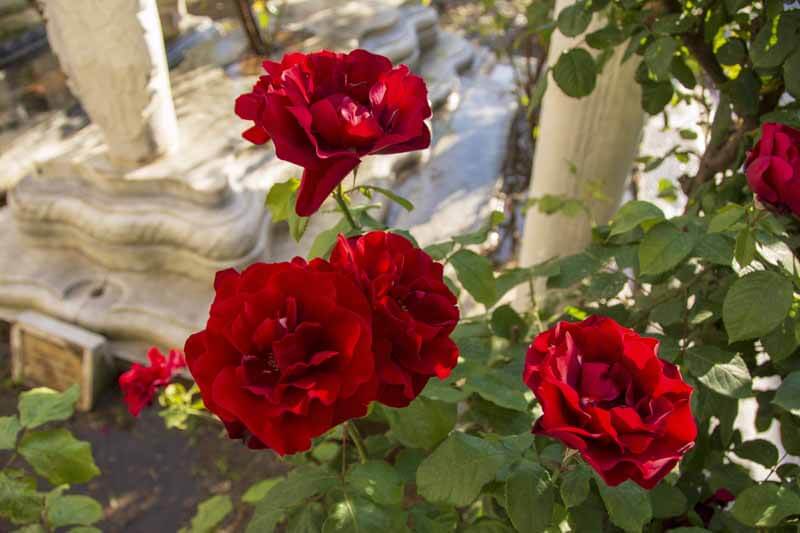
In the Victorian language of flowers, pink carnation meant “I’ll Never Forget You”, red poppy symbolized “Consolation”, dark-crimson roses were planted to mean “Mourning”, and purple hyacinths symbolized “Sorrow.” There were also long-lived peonies bred for cemetery planting. These included two peony varieties planted especially for Civil War dead: ‘One Hundred Years in Memory’, and ‘Always be There’. Sometimes Daffodils were used as well, including a species (Narcissus x medioluteus) from 1597 commonly called ‘Cemetery Ladies’.
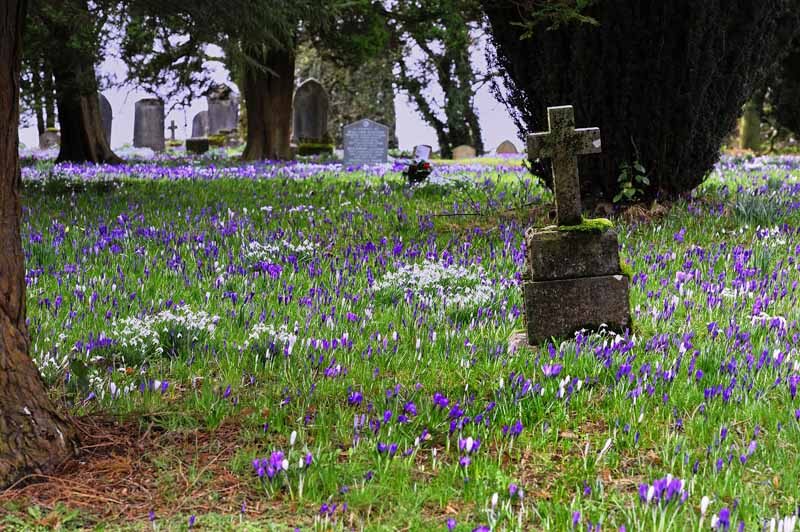
Many long-lived cemetery flowers can be planted today, whether for their reverent name or language-of-flowers sentiment. Crocus ‘Remembrance’ has beautiful dark purple flowers that emerge in early spring. They look beautiful when planted alongside other spring bloomers, like white hyacinth ‘L’Iinnocence’ and large-cupped daffodil ‘Faith’ with its unusual pink and white flowers. Late-spring bloomers include the single-flowered peony ‘Glory Be’ with its vibrant cherry-pink petals and single, white-flowered peony ‘White Angel’. The fringed, honey-yellow daylily ‘Angels Embrace’ is a good summer bloomer for memorials. Funerial blooms in the Victorian language of flowers would include the red poppy ‘Beauty of Livermore’, darkest red rose ‘Black Pearl’, and ‘Chabaud La France’ heirloom pink carnations, which can be grown from seed. Amending the soil at planting time with Black Gold Garden Soil will help any new planting grow beautifully.
Planting at Cemeteries Today
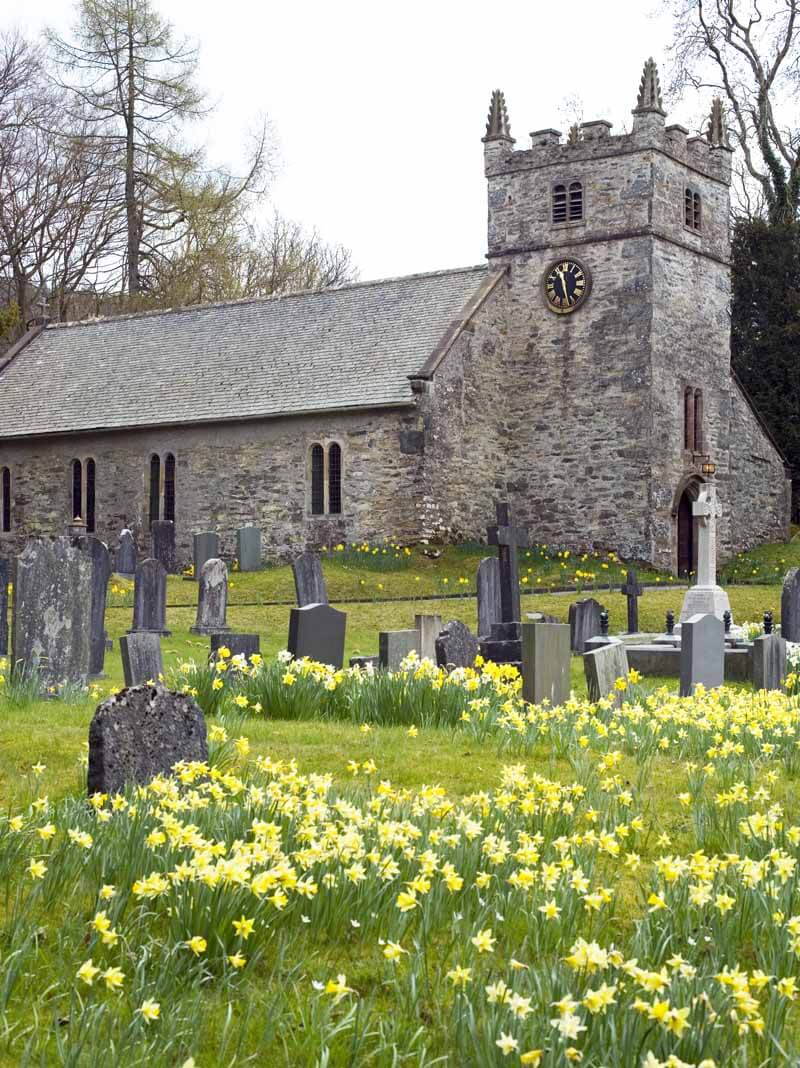
Currently, using flowers at gravesites is regulated by the cemetery management, with some allowing bouquets and planting, and others just allowing the placement of flowers on the grave on Memorial Day, which will be removed later in the season. If your local cemetery permits it, consider planting a flower where someone you love is buried, and then look for beautiful Victorian cemeteries in your area to visit.

